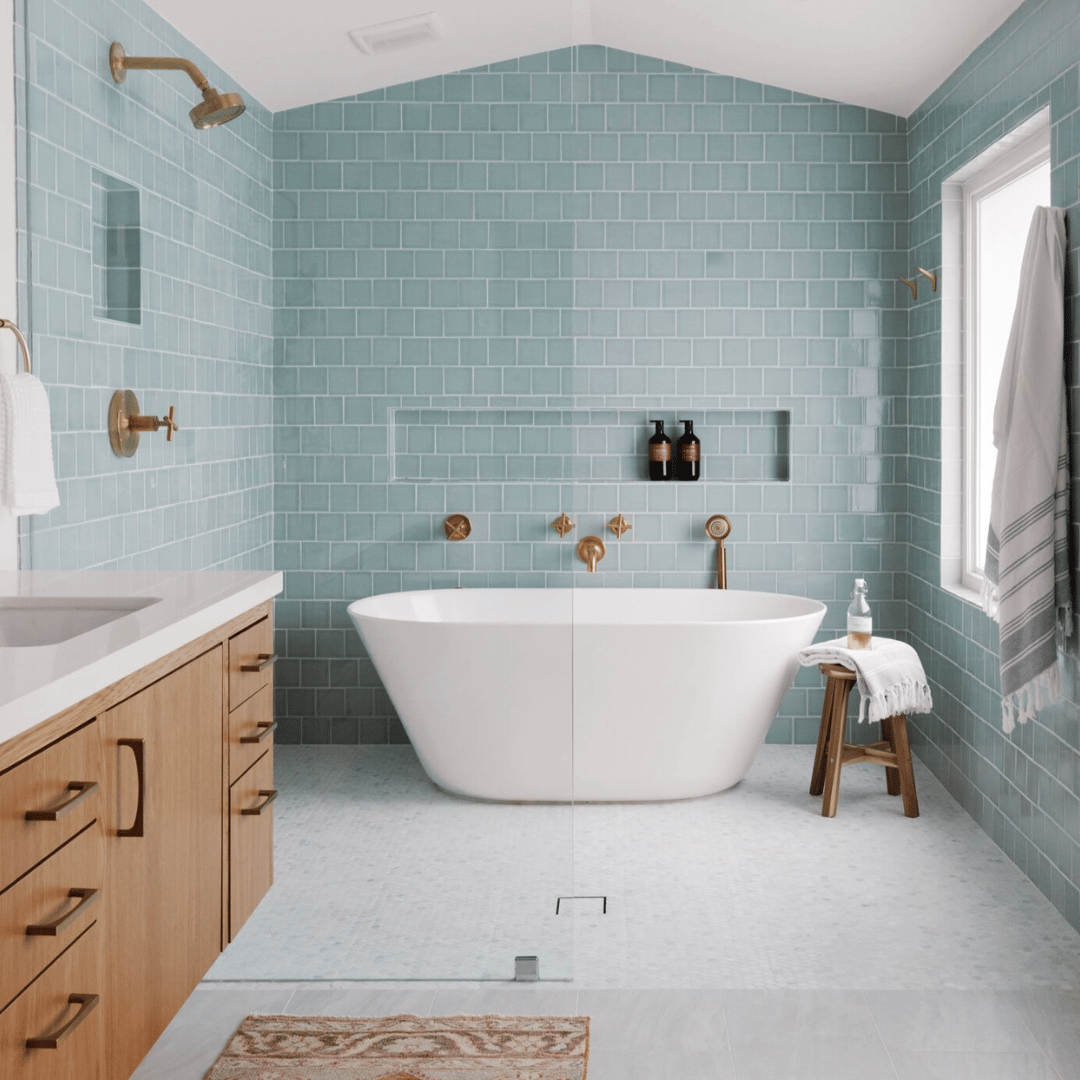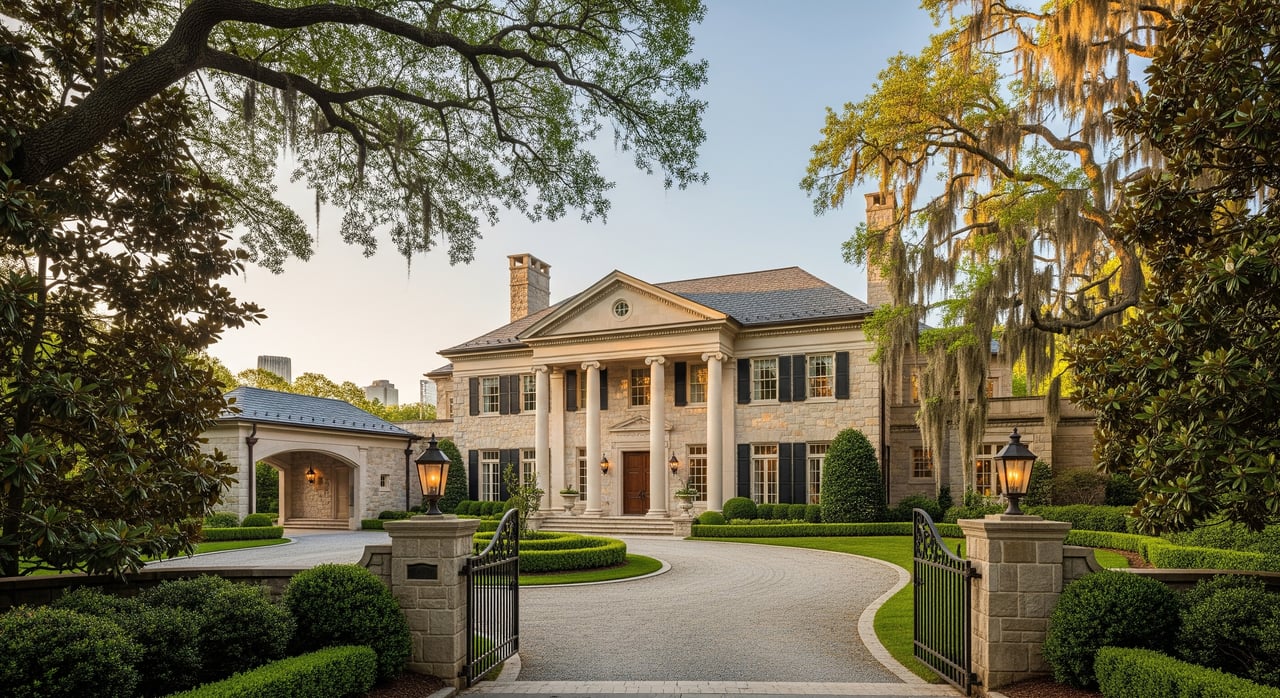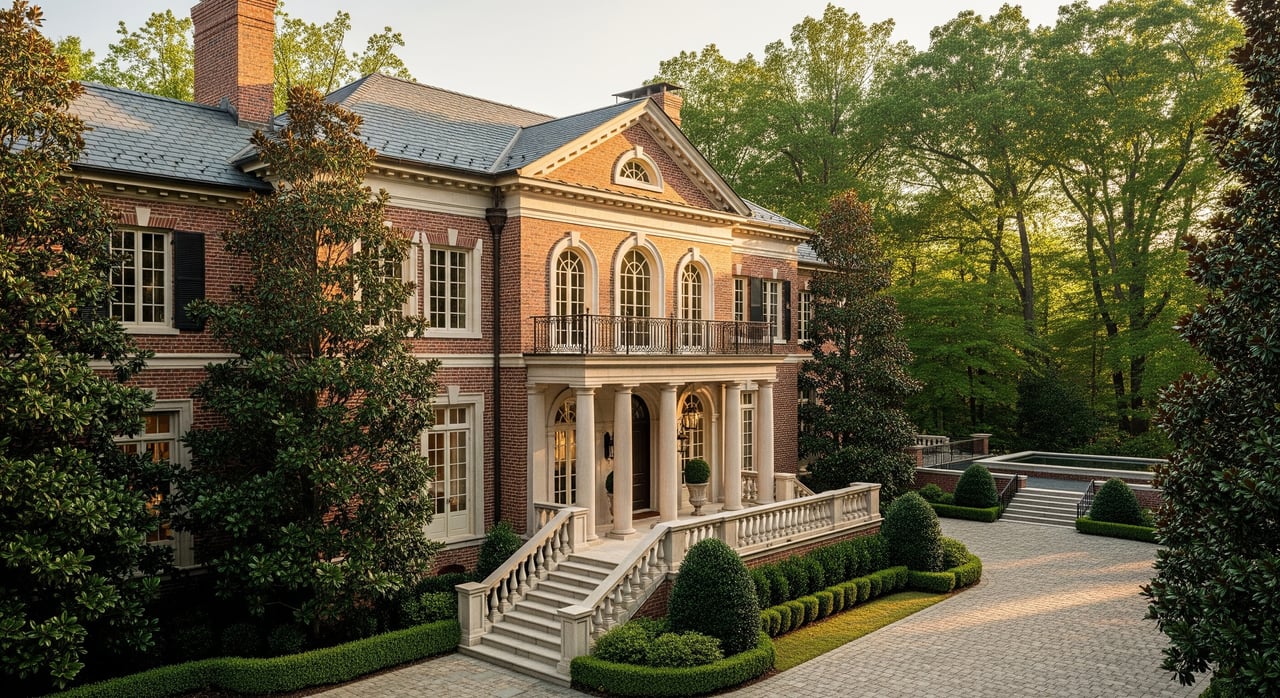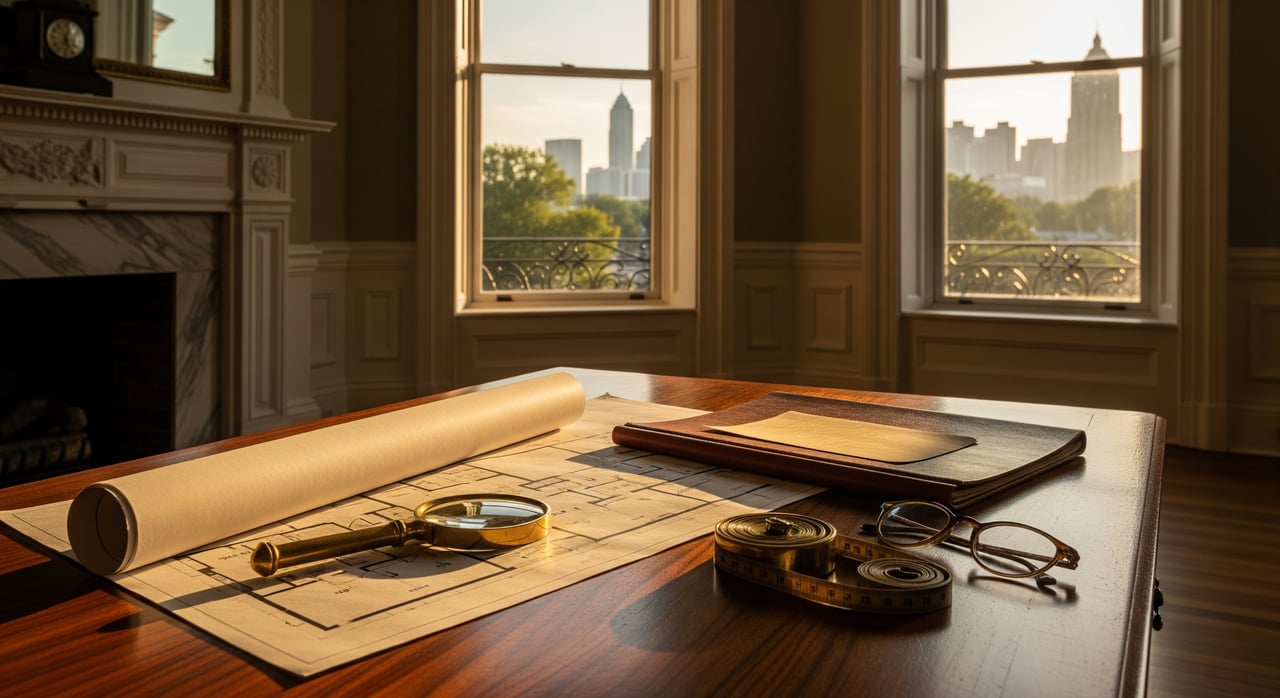Over the years bathroom design trends have come and gone, but there's rarely much major variation in the key elements. Sure, you can choose a shower stall instead of a bathtub, maybe enclose your toilet in its own little closet, but chances are your bathroom wouldn't surprise anyone with its innovation. This year's crop of renovation, however, might contain a surprising element.
Wet rooms are growing increasingly popular with high-end renovators and interior designers. Think of these as a splash zone for your bathroom, an area where the shower and/or bathtub are placed, usually surrounded by tile, where the water can stay separate from your sink and toilet. "The style can be quite luxurious as if you have your own at-home spa," says House Beautiful's Director of Special Projects Carisha Swanson. “As wellness and accessibility become more integrated into people’s homes, I think you’ll continue to see more of these spaces being integrated into high-end bath designs.”
"We are still seeing wet rooms as a trend in main bathrooms where the shower and tub are both enclosed behind glass doors. It's an opportunity to be creative with your tile design because the space is so much bigger," said Shauna Jones of Shauna Glenn Design, who named wet rooms as her prediction for the biggest bathroom trend of 2025.
While wet rooms do require more square footage in your bathroom or ensuite, there are myriad ways to design one. You can make it separate with a door, elevated with a tiled platform, or even have a glass shower door encasing both the stall and your bathtub on one side of the room. If you're curious about what a wet room actually is, the elements that go into designing one, and whether or not they're a good idea for your home, you're in luck. We're here to explain all of the above. Read on to learn everything you need to know about wet rooms.

A wet room is a fully waterproofed bathroom. Often, this space only includes a shower and bathtub and is either semi or fully separated from the rest of the bathroom's fixtures (toilets and vanities/sinks). In a wet room, the tile, hardware, and even the wallcoverings are all suitable for heavy splashes.
What Does a Wet Room Include?
According to Swanson, a true wet room is more like an open shower, so you don't feel hemmed in by shower doors or curtains. In some cases, there is a seamless transition from the dry to wet, which can help make the entire space look larger. “Modern versions of wet rooms are including full glass enclosures, stretching wall-to-wall, with wide, double doors and stretching to the ceiling,” explains Swanson. “This allows designers to maximize the wet room by adding in a steam component for the ultimate rejuvenation zone.”
A wet room is typically fully tiled for maximum waterproofing and includes the homeowner's preferred bathing method—either a shower head or bathtub. In larger wet rooms, both a shower and bath are installed in the area. Luxury wet rooms can also include a sauna, steam room, steam shower, and rain shower fixtures.
What is the Difference Between a Wet Room and a Standard Bathroom?

ROMANEK DESIGN STUDIO
This wet room features both a shower and a bathtub.

Frank Frances
This is an example of an enclosed shower and an adjacent sink and vanity that are not waterproofed.
A standard bathroom is only waterproof in one area of the room, typically the shower stall or bathtub/shower combination unit. The wallcoverings and flooring in the rest of the space—which house the toilet and sink—are not waterproof.
In a wet room, all elements are designed to get wet. A wet room won't replace a fully functional bathroom as they often don't include toilets or sinks, but they act as a companion piece.
Wet rooms are for anyone who desires a little extra protection from water in their bathroom. Ideal for those with pets and children, a wet room can provide a zone designated for bathtime. “In many countries, the wet room is not very luxurious at all,” explains Swanson. “Wet rooms are extremely petite spaces where everything in the bathroom—including the toilet and sink—becomes wet.”
How Much Does a Wet Room Cost?

Emily Minton Redfield
Wet rooms come in a variety of shapes and sizes, and depending on your needs, many different features. According to the renovation experts at Angi, the national median cost of wet rooms is between $4,000 and $15,000 with the average person spending $9,000. This cost estimate includes raw materials like tile and plumbing fixtures as well as the labor of plumbers and electricians if needed. Angi's cost predictions don't include items like vanities, window treatments, mirrors, and other common bathroom decor.







